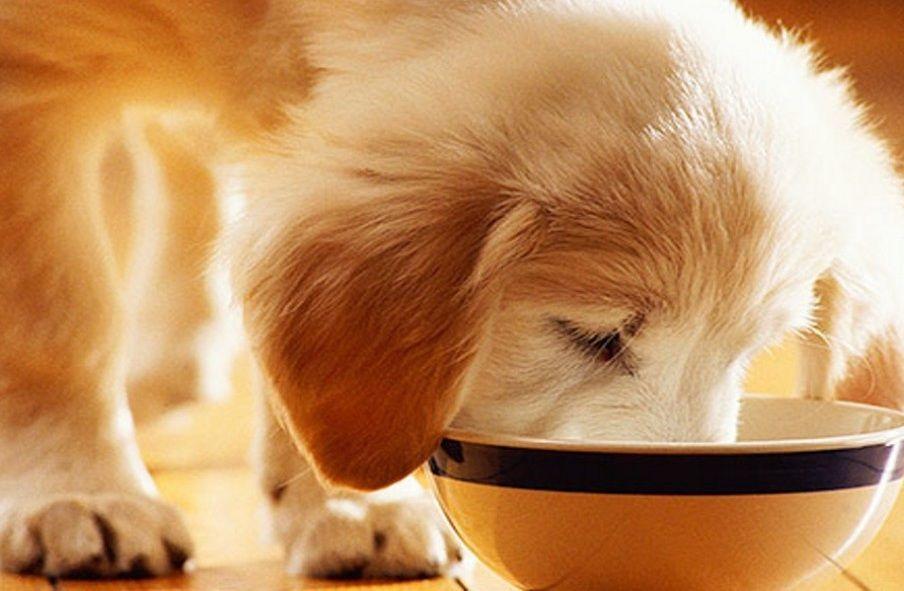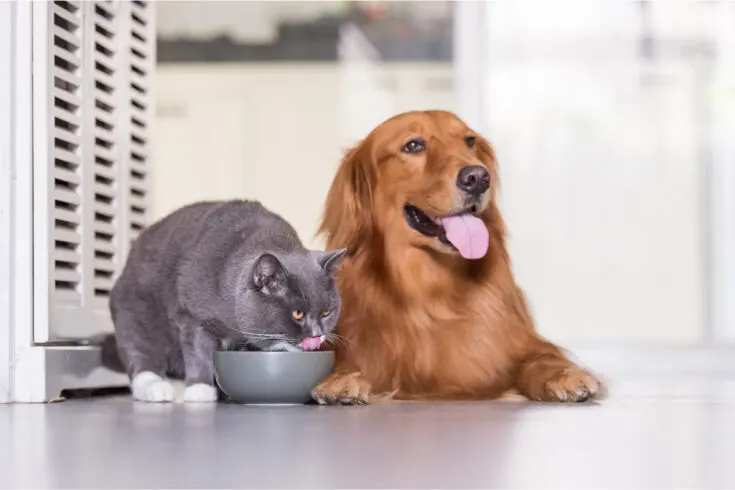
Every dog owner is familiar with the potential pitfalls of changing their dog’s food too abruptly, which can lead to unfortunate consequences like diarrhea, vomiting, and digestive discomfort. Transitioning your dog’s food is an essential process that pet parents will encounter several times throughout their furry companion’s life.
Dogs have varying nutritional requirements at different stages of life, with puppies, adult dogs, and seniors necessitating distinct diets to ensure they receive the appropriate nutrients for their health and well-being.
However, shifting your dog’s food too quickly can disrupt their digestive system, particularly as many dogs have sensitive stomachs. Whether your veterinarian prescribes a new diet or it’s time for a dietary adjustment due to age-related factors, changing your pet’s food is a complex undertaking that demands a gradual transition.
Reasons for Changing Dog Food
Dog food constitutes a significant expense in pet ownership, and the products you select and the money you invest will evolve over time. Every pet owner will eventually need to switch their dog’s food, even if their canine companion adores their current kibble. Here are a few scenarios that might prompt a change in your dog’s diet:
Life Stage
Commercial pet diets are formulated according to a dog’s life stage, with labels often indicating “puppy,” “adult,” or “senior.” These life stages dictate the specific nutrients your dog requires to maintain a balanced diet. As dogs age, their nutritional needs change, necessitating a transition from puppy to adult or adult to senior dog food to support their energy requirements.
Weight
Excess weight can lead to various health issues in dogs, including diabetes, potentially shortening their lifespan. If your dog has recently gained weight, a weight management diet may be more appropriate than their regular kibble. Additionally, you can substitute treats with healthier options like celery, baby carrots, or broccoli, always monitoring your dog’s response to these changes.
Health
Specialized dietary options are available for dogs with specific health needs, such as sensitive stomachs, weight management, skin conditions, or allergies. It’s crucial to find food that caters to your dog’s unique nutritional requirements to ensure their well-being.
Indicators for Changing Your Dog’s Food

Determining when to change your dog’s food can be straightforward in some cases, such as transitioning from puppy to adult formula. However, there are other signs that may signal the need for a dietary adjustment:
- Dull, Dry Skin and Coat: Essential fatty acids are essential for your dog’s skin and coat health. If your dog’s coat looks lackluster or their skin becomes flaky and dry, your veterinarian might recommend a food with higher fatty acid content.
- Lethargy: Your dog’s food should provide them with the necessary energy to remain active. If your dog appears more lethargic than usual, their diet may be a contributing factor. While other factors like stress, medication, surgery, or physical illness can affect energy levels, a proper diet should boost their vitality and provide the necessary nutrients.
- Change in Life Stage: Puppies, adults, and seniors have distinct nutritional needs. Therefore, as your puppy matures, they should transition to an adult formula. For senior dogs, the timing may vary by breed, and your veterinarian can offer guidance on when to switch to a senior formula.
- Weight Gain: Obesity is a common concern among pets, and transitioning to a weight management formula may assist in weight loss, particularly when dogs are less active due to weather or recent illnesses.
- GI Problems: The condition of your pet’s stool can offer insights into their gastrointestinal health. Frequent loose stools may indicate food intolerance or allergies, hindering nutrient absorption. If your dog experiences gastrointestinal issues, consult your veterinarian to find an appropriate food solution.
- Itchy Skin: Persistent itching can be a sign of food allergies. Dogs can develop allergies to various food ingredients. If your dog experiences chronic itchy skin and ear infections, it may be time to switch to a hypoallergenic or prescription diet. Consult your veterinarian if you observe frequent itching in your dog.
The Art of Changing Dog Food
Transitioning your dog’s food too swiftly can lead to discomfort, including vomiting, diarrhea, and upset stomach. To avoid these issues, follow a gradual transition plan when changing your pet’s food:
- Days 1 & 2: 75% old food, 25% new food
- Days 3 & 4: 50% old food, 50% new food
- Days 5 & 6: 25% old food, 75% new food
- Day 7 & beyond 100% new food
Bear in mind that some dogs may require a longer transition period, and it’s crucial to monitor your dog’s response. If your dog experiences GI distress, revert to 10% new and 90% old food the following day while observing their condition. Every dog is unique, and the transition process can vary from a week to a more extended period to prevent discomfort.
If your dog experiences adverse reactions like nausea, vomiting, or diarrhea during the food change, consult your veterinarian. They may recommend an elimination diet, where your dog exclusively consumes a hypoallergenic diet for eight weeks to identify if the new food was the trigger for their symptoms.
Frequency of Dietary Change
How often you should change your dog’s diet depends on how well they respond to their current food. If your dog’s current diet keeps them healthy and active, there’s no need for a change unless they transition to a new life stage or encounter a health issue that can be addressed with a modified diet.
When considering a dietary change, be sure to select the most suitable food based on your dog’s life stage, age, weight, and nutritional requirements. Your veterinarian can provide valuable guidance in selecting the best food for your canine companion.
Seeking Veterinary Help for Eating Issues
If your dog exhibits reluctance to eat after a recent food switch, consider consulting your veterinarian. Dogs can be selective eaters, and they may not favor their new food. Psychological factors like anxiety or routine changes can also impact their appetite.
However, if your dog’s eating habits change without a recent dietary change, it might signal an underlying health issue. Even in the absence of visible symptoms, if your dog goes without eating for 24 hours or longer, it’s advisable to seek veterinary attention. For dogs that experience a lack of appetite combined with vomiting or diarrhea, reaching out to your veterinarian within 8-12 hours is recommended.
Concluding Thoughts
Finding the right food for a picky eater takes patience. At some point, you’ll need to transition your dog to a new diet, typically when they enter a new life stage. However, weight issues, health concerns, and allergies might necessitate more frequent dietary changes. Fortunately, a gradual transition over a week can help prevent gastrointestinal issues.
Transitioning dog food is just one aspect of maintaining your dog’s health. Dutch can offer guidance on how to transition your dog’s food and choose the best option based on their health and age. Compare Dutch’s telemedicine services with traditional veterinary care by scheduling your first telehealth appointment today.